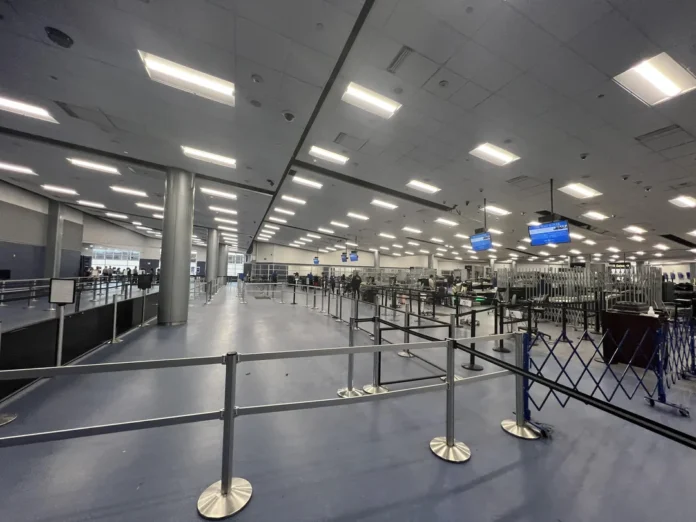Las Vegas Airport is embracing new technology and planning future expansions to enhance traveler experience and meet growing aviation demands. As of August 2025, Harry Reid International Airport, the main gateway serving the Las Vegas Valley, has implemented real-time security wait time displays throughout Terminal 1. This innovative feature allows passengers to view current TSA checkpoint wait times on flight information screens, helping them choose the fastest security line and manage their airport arrival time better.
This technology rollout reflects a broader initiative to improve guest experience through real-time, useful information. The Clark County Department of Aviation emphasized that travelers should still allot plenty of time, as wait times can fluctuate based on passenger volume and operational factors. The wait time displays appear near key locations such as the A/B checkpoint information booth, elevators to baggage claim, the C Annex checkpoint, and ticketing areas.
While passenger convenience is being enhanced, Harry Reid International Airport has recently seen a decline in passenger numbers. June 2025 data revealed a 6.3% drop in total passengers compared to June 2024, with 4,727,462 travelers passing through. The airport reported a fifth consecutive month of passenger decline, including a nearly 10% reduction in international traffic. Despite this, the airport continues to serve millions annually, maintaining its critical role as a major transportation hub in the region.
Looking ahead, the Las Vegas aviation landscape is set for major changes. A comprehensive master plan update has been initiated for the North Las Vegas Airport, the secondary airport serving the region. This is the first such plan since 1988 and aims to modernize runways and facilities while aligning with Federal Aviation Administration (FAA) standards. The update includes plans for potentially longer and wider primary runways, optimized airfield configurations, sustainability initiatives like electrical infrastructure for future aircraft electrification, and environmental impact assessments. Stakeholder input is being sought through advisory committees and public workshops to shape the development roadmap.
Moreover, a significant development on the horizon is the planning for a new supplemental airport located south of Las Vegas in the Ivanpah Valley. This project, long discussed but delayed by economic downturns and the pandemic, is gaining momentum with environmental reviews expected to begin. The planned airport aims to ease growing demand at Harry Reid International and could open in the mid-2030s. However, environmental concerns, particularly related to protected desert species and the Mojave National Preserve, may influence the timeline and scope of this project.
Despite some recent declines, Harry Reid International Airport remains a vital air travel center, adapting with new technology and preparing for future growth to serve residents and tourists alike. Passengers using Las Vegas Airport now benefit from enhanced security screening information, while the region’s broader airport system evolves to meet 21st-century challenges and opportunities.
Readers are encouraged to share their experiences or thoughts about traveling through Las Vegas Airport and stay tuned for ongoing updates as these exciting developments unfold.
